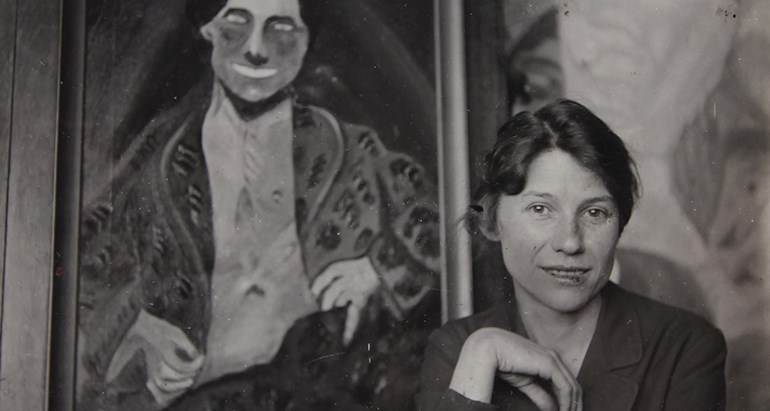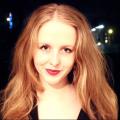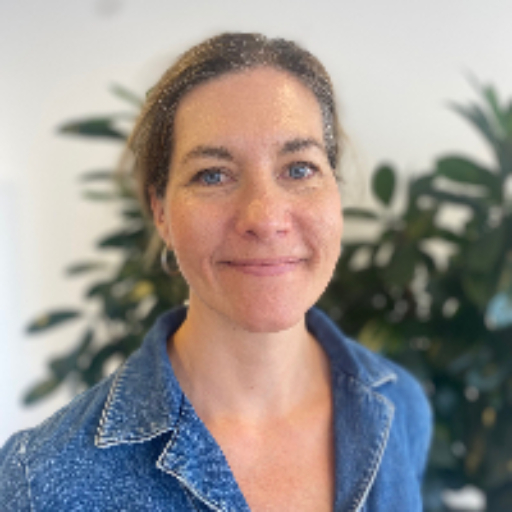Occult female power highlighted in new book

Leah Hirsig became a central figure in the religious movement Thelema. Her diaries are now being published.
Leah Hirsig was one of the “modern women” of the 20th century: independent, norm-breaking, and central to the controversial religion of Thelema. Now her complete diaries are being published for the first time, providing an insight into her life and her relationship with occultist, Aleister Crowley.
In The Magical Diaries of Leah Hirsig, 1923–1925, Manon Hedenborg White, associate professor of history of religions at Malmö University, together with Henrik Bogdan, professor of religious studies at the University of Gothenburg, present an annotated edition of Hirsig's diaries.
Previously unpublished material
The material comes mainly from the Warburg Institute in London and includes previously unknown letters and poems from both Hirsig and Crowley.
“I have long been interested in marginalised religions, especially how women are allowed to participate in such movements. Leah Hirsig is a fascinating example,” says Hedenborg White, whose doctoral thesis focussed on the Thelemic movement.
Hirsig (1883–1975), was a Swiss-American teacher. In the early 1900s she was drawn to Thelema, a new religion founded by the British occultist Aleister Crowley. He called himself ‘The Great Beast 666’, and saw himself as the prophet of the religion.
Important role in Thelema
Hirsig soon became his closest disciple and partner, both romantically and magically, and was named his ‘Scarlet Woman’, a title that within Thelema identified her as the earthly avatar of the goddess Babalon.
As the Scarlet Woman, Hirsig played a crucial role in the Thelemic community. Among other things, she co-founded an Abbey of Thelema in Sicily. Despite this, she has long been a shadow figure in Crowley's history, something that Hedenborg White aims to change with her new book.
"She was active at a time when the ideal of the ‘new woman’ was emerging – women who travelled, worked, wore trousers, and smoked cigarettes. They often lived in a spirit of sexual liberation, but at the same time faced practical and social obstacles. Living this kind of life at that time was not easy. Hirsig lived an independent life in many ways, but it was also conditional and marked by challenges. She was a single mother, underwent abortions and also struggled to support herself," says Hedenborg White.
Everyday life, grief and vulnerability
In her diaries, Hirsig writes about meditation techniques, transcribing Crowley's texts, and the practical challenges of everyday life.
She rarely expresses her feelings directly, but between the lines, her commitment, passion, sadness, and vulnerability shine through – such as when she writes that she does not eat for several days after Crowley leaves her.
While working on the book, Hedenborg White travelled around Europe and tracked down material about Hirsig, including through contact with relatives. Many of the texts included in the book have never been published before.
“There were several rewarding encounters, but I had still hoped to find more. It is particularly difficult when it comes to a person who has travelled so much and where the material is scattered. But this is a work that can continue, and the book can be a starting point for finding more,” she says.
The book is aimed at academics, students and anyone interested in esotericism, female leadership, and alternative religious expressions.




